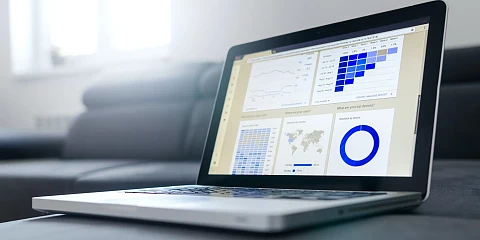
Interview with Pablo Rueda, Partner Manager at Selligent Marketing Cloud
January 18, 2022
How do you define a hybrid store?
It’s the confluence between the online and offline world in a store. Basically, it’s what any store should be today because people's lives move between the physical and virtual spaces.
In a hybrid store, it’s possible to browse online, order and pick up the products in-person. If I bought something online, the store staff may know who I am or if I am a member. Based on that knowledge, they can help me or proactively recommend products.
A hybrid store must be the best of the online and offline worlds. The physical space should be a memorable experience (otherwise, why go?) with elements like exquisite personalized attention combined with technical elements that contribute to the experience. Apps can help link the two worlds, sending push notifications at the appropriate time. The physical experience must be unrepeatable and the online experience must be as effective and easy as possible.
What have been the driving factors behind hybrid stores?
For more than 20 years, all sectors have been moving towards the online world. But there’s been this dichotomy of online versus offline almost all this time, which is totally false.
People are not online or offline, we are both. We interact with brands in both environments, which is why stores must show us the best of both worlds.
There is also a lot of talk about how if online shopping goes up, offline shopping goes down. But the goal is for both worlds to benefit from one another. It’s the natural evolution, the natural adjustment process.
How can we use technology in hybrid stores to improve the customer experience?
Many technologies have to be part of the customer experience. Some help with inventory, returns, stock management, etc, and have been evolving enormously. Their connection with the online world is key to offering a unified customer experience. When someone orders online and picks the product up at a store, all the technology that controls the store must be aligned so that that person picks up what they bought within two hours of the order.
On the other hand, we have the technology that allows us to enhance experiences. That includes everything from virtual fitting rooms, virtual signs and RFID payment systems for self-service checkouts to make the experience faster.
Finally, there is the technology that allows a totally personalized level of communication with the consumer, both online and in the physical store. On the web, we can understand behaviors and what interests a user or not. If you are a buyer or someone who has left us data, we can personalize our communications. If you go to the physical store, we can communicate through the app by geolocation and offer benefits. Or, of course, the store staff will know who you are and what to offer you. The technology already exists to ensure a unified experience.
So, there’s technology to create unique experiences and technology to provide timely communication (which allows increasing sales, cross-selling or upselling).
Do you think traditional stores can apply this new model? What are the barriers?
Each store must look for its own model, but the goal does not change. Physical stores should be a place where the experience is exceptional. That personal experience can come in several ways. Large companies can afford large technological investments, while smaller ones have to seek that experience in another way. When I’m in the Tea Shop, they offer me tea, in Decathlon I have a special box waiting for me with my online orders. The goal is the same: to provide a great experience.
There are many levels for providing unique experiences that fuse the online and offline worlds. Which accounts should we use? Web? CRM? ERP? POS? App? Do you know what your users are doing online? How well can you get to know that user? And in the store, does this technology stack allow you to get to know the customer and offer a unified experience? These are the questions. Obviously, Macy’s will have a different stack than the local clothing store. But the experience at a smaller store can be just as rewarding.
What are some good examples of hybrid stores in Spain?
We have Decathlon, Ikea and Zara, of course. But beyond the largest examples, I’d add Workcenter, a printing store. They can have your online order ready in just 15 minutes, which is tremendously useful. Before, sometimes you’d have to wait in huge lines to pick up your documents.
Honestly, there are tons of retailers on this path. Although there are exceptions like Primark, which focuses on the point of sale. But the point is doing it well and keeping your promises to consumers. Sadly, it doesn't always happen.
What opportunities do you see in the market in the coming years?
In general, user demands and technology are ahead of companies. That means companies have a long road ahead to take advantage of the opportunities that technology already offers.
Going back to your previous question about technology, perhaps the area of greatest opportunity is everything related to personalized communication. Stores can see huge benefits if they leverage it to get the timing and channels right.
Establishing a user journey that begins with a web search could make the experience on the site more personalized from the get-go. If there is some type of data exchange, people could receive a push notification in the app when they are near one of the stores. And when they arrive at the store, they can browse or ask about what they saw on the app, and perhaps benefit from special deals for being a regular customer.
Nailing relevant communication at the right time has a lot of potential. It can definitively link the online and offline experience beyond something like click and collect, for example.
It is becoming increasingly clear that it is not a question of online versus offline. There won’t be a single winner. Instead, it’s about understanding and maximizing the best of both environments.
Our latest news
Interested in learning more about how we are constantly adapting to the new digital frontier?
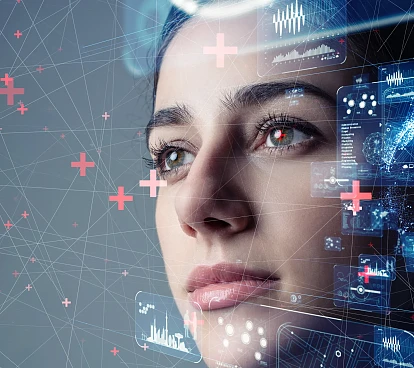
Insight
December 10, 2024
Groundbreaking technologies today that will reshape the innovation landscape in 2025
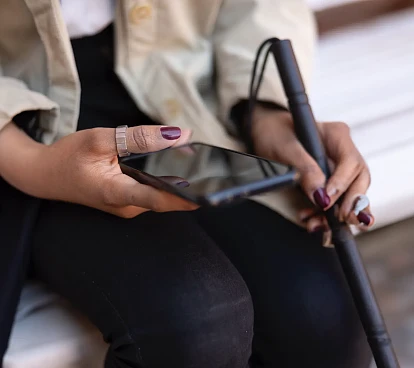
Tech Insight
December 2, 2024
The European Accessibility Act (EAA): Towards a More Inclusive Digital Present
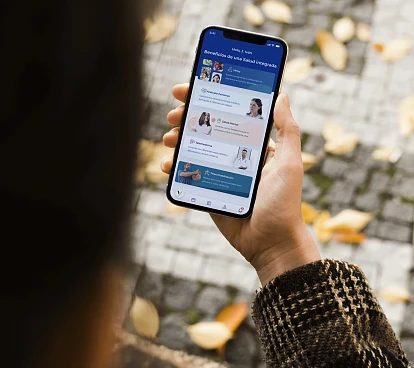
Insight
November 26, 2024
The digital ecosystem with which Vítaly reinvents healthcare
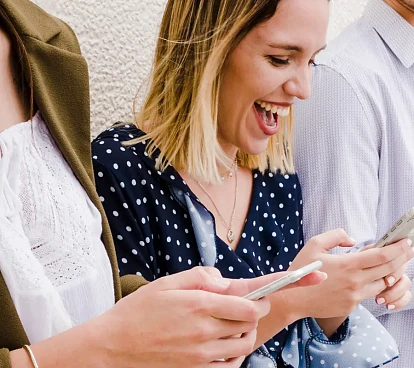
Tech Insight
September 10, 2024
Improve Your Company's Internal Communication with Dialenga